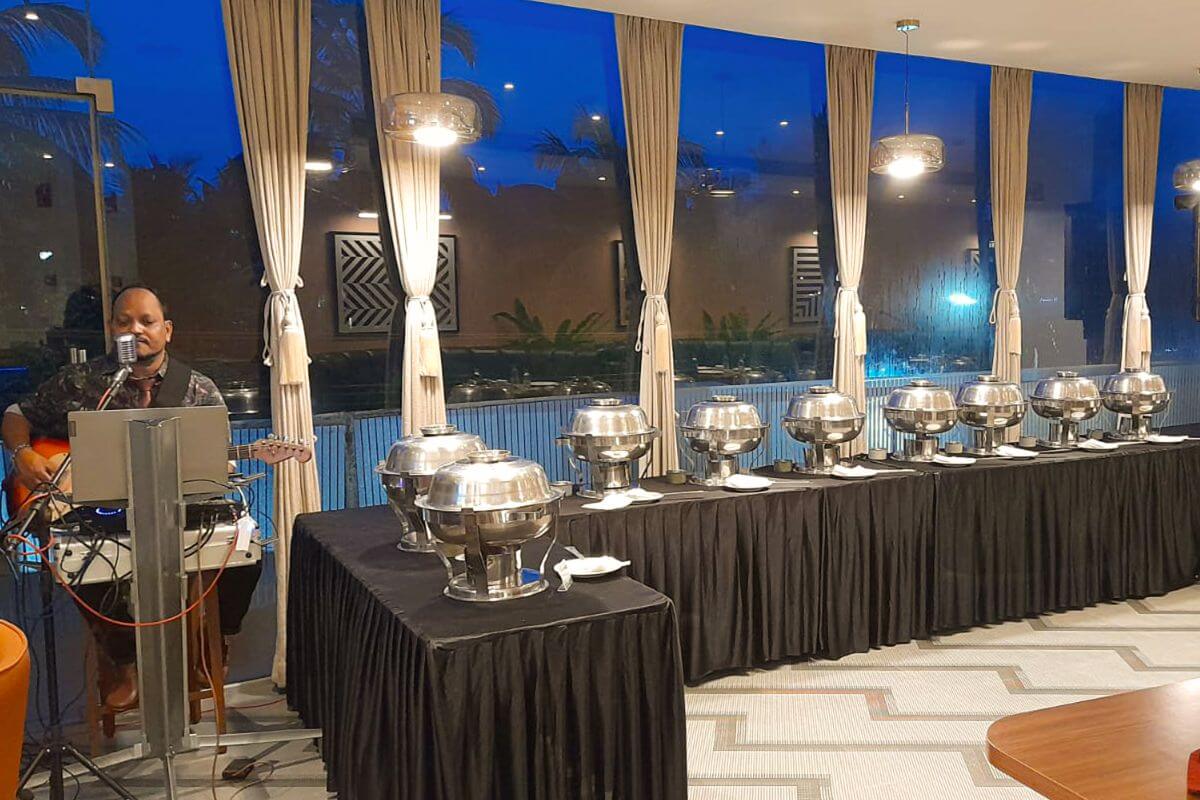Hotels are no longer built just for guests—they’re built for the lens. Welcome to the era where design is dictated by shareability, and every pillow, plate, and poolside is curated for the ’gram.
The Social Media Influence on Hospitality Design
In an era where social media dictates travel trends, the hospitality industry is undergoing a seismic shift. Hotels and resorts are no longer merely sanctuaries for rest—they’ve become interactive film sets, designed not for solitude but for scrolls. The design of these spaces is increasingly shaped by the desire to create visually captivating environments that guests are eager to share online.
A study published in the Journal of Tourism and Hospitality found that over 40% of millennial travelers prioritize “Instagrammability” when choosing a destination. That single statistic has rewritten the blueprint for hotel design—form now follows filter. Bold color palettes, geometric symmetry, mood lighting, and locally inspired architectural quirks have become essential. Aesthetic design is no longer an accent—it’s the experience itself.
Designing for the Digital Eye
Creating an Instagrammable hotel space involves far more than placing a velvet couch or neon signage. It’s a nuanced art—a marriage of interior architecture, storytelling, and photographic logic.
Designers now collaborate with social media consultants during the planning phase. Elements such as natural lighting, reflective surfaces, textured backdrops, and open corridors aren’t just good design—they’re algorithm-friendly.
Every corner must tell a story. Every hallway should invite a scroll-stopping snap.
Features like hanging rattan chairs, floating breakfasts, infinity bathtubs, or tropical-tiled walls are now part of a growing visual vocabulary. Hotels also lean into localized narratives, incorporating region-specific art, cultural cues, and vernacular aesthetics to offer both originality and authenticity in an oversaturated digital feed.
A Short History of Hotel Aesthetics
To understand this trend’s rise, it’s worth tracing the trajectory of hotel design. Once mere functional boxes with a bed and bath, hotels evolved throughout the 20th century into palaces of opulence and comfort.
Then came the boutique hotel movement—smaller properties with distinctive themes and identities—which laid the foundation for the visual revolution we see today. Now, with every guest wielding a high-resolution camera and social media as a publishing platform, hotels have become the stage sets of self-expression.
From custom murals to curated lighting and artisan ceramics, every detail is engineered to deliver that single moment: a guest pausing mid-stay to post.
The Psychology of “Insta-Desire”
What makes a space “Instagrammable” is more than just design—it’s about emotional resonance. Visual psychology tells us that people respond to color contrast, symmetry, soft textures, and sensory minimalism. Social media has weaponized these instincts into a modern design language.
Guests aren’t just seeking beauty—they’re seeking social capital. One perfect frame from a visually striking spot becomes a badge of identity: “I was here. I belong here.” And when travel becomes a performance, hotels become the stage, props, and lighting crew.
The Economic Upside: From Content to Conversion
Instagrammable design isn’t just about branding—it’s a revenue engine.
According to a Skift report, user-generated content showcasing hotels has been linked to a 15–20% increase in bookings, particularly among millennials and Gen Z. Properties with highly shareable aesthetics consistently outperform those without. In fact, many guests admit to booking a stay solely because of an image they saw online.
Even more revealing: influencers now partner with hotels not just for payment, but for backdrops. A property featured by 100 micro-influencers in a single weekend can eclipse the impact of a ₹5-lakh ad campaign.
For many brands, aesthetic virality is the most cost-effective marketing strategy available today.
The Double-Edged Sword: People vs. Platforms
Yet not all that glitters is gold.
Some hotels, in the race to go viral, fall into the trap of gimmickry—designing for short-term social sizzle at the cost of comfort. Overdesigned rooms with impractical layouts or lobbies that feel like showrooms can alienate guests seeking rest and relaxation.
Meanwhile, social media pressures can erode the joy of travel. When every corner must be styled, and every bite must be photographed, the vacation begins to feel like a performance.
What was once serendipitous becomes staged.
Hospitality must tread carefully. Design should serve the guest—not the algorithm.
A New Kind of Luxury
Today, the most aspirational thing a hotel can offer isn’t gold faucets or marble staircases—it’s a story worth sharing. The new luxury is visual, emotional, and moment-driven.
Instagrammable hospitality isn’t a fleeting trend—it’s a paradigm shift. The hotels that will thrive are those that offer more than beautiful spaces. They’ll deliver meaning, memories, and modern-day theatre.
The frame may be the hook, but the experience is what keeps guests coming back.
Because in 2025, the traveler isn’t just checking in—they’re logging on.









